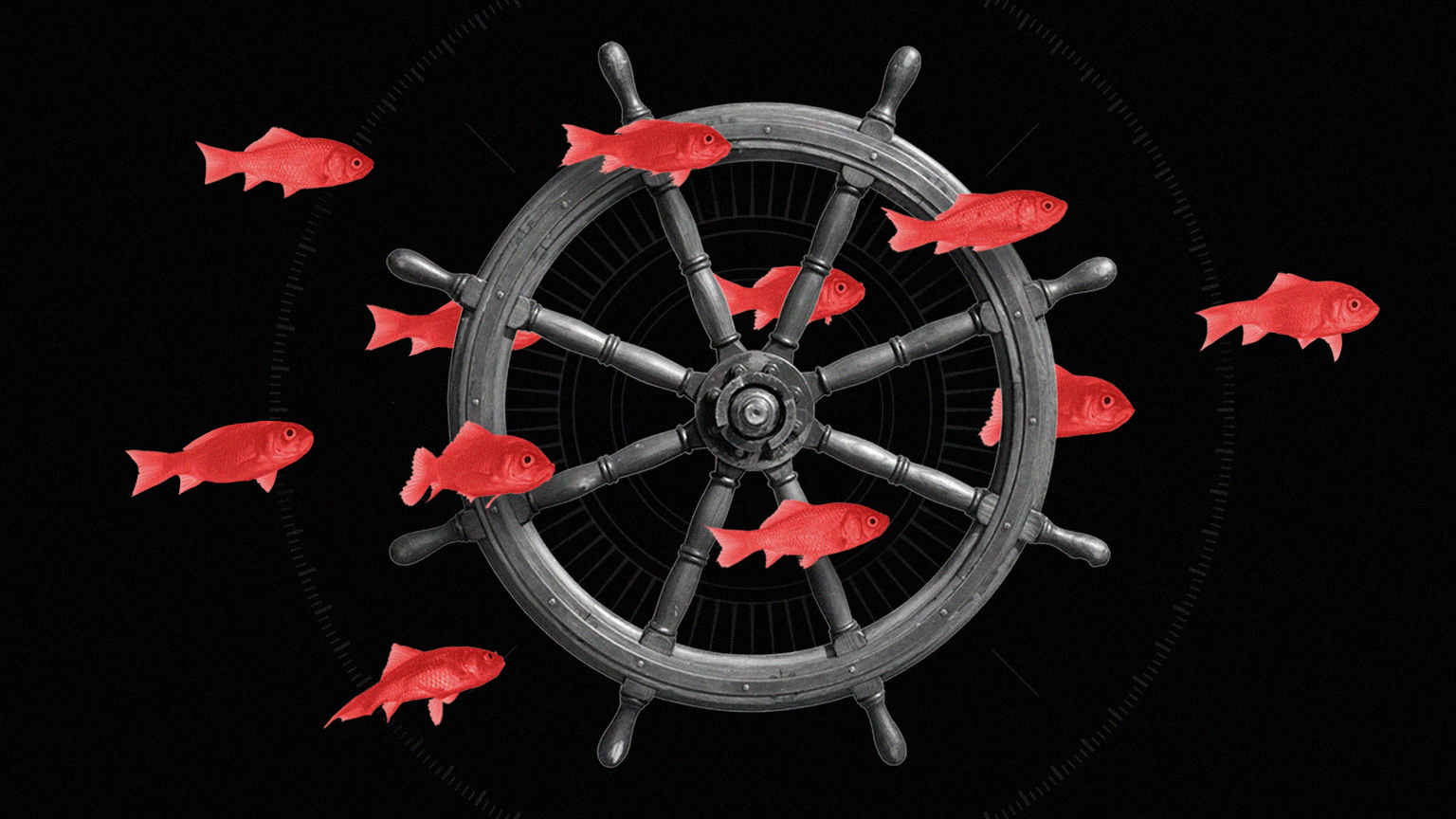Building skills, talent, and trust in an AI world

Artificial intelligence (AI) will be a familiar term for most by now. PwC’s 2024 AI Business Predictions report indicates that 73% of U.S. companies have already adopted AI in at least some business areas, with generative AI leading the way. The report also anticipates AI to contribute up to $15.1 trillion to the global economy by 2030. That’s more than the current output of India and China combined.
While AI use cases abound, many organizational leaders have yet to be directly affected. However, that gap is closing quickly. The depth, breadth, and potential impact of AI are poised to create challenges for leaders in almost every aspect of their roles.
In the face of such upheaval, it is important to reinforce that a leader’s essential responsibility is to support their people and organization. That’s not to say that changes — some of them painful — won’t be warranted, but leaders must remain firmly in the driver’s seat to determine how AI can best enhance human expertise and well-being.
Understanding AI’s potential
AI technology is evolving rapidly. Each day seems to bring news of an amazing new capability, application, or prediction for how it will change the world. This flood of information mixed with opinion can be overwhelming, so the first order of business for any leader is to set aside their preconceptions and seek understanding.
Leaders directly involved in operations — and even some who aren’t — may appreciate the greater efficiencies and cost savings promised by AI, so much so that they eschew in-depth knowledge of how the “sausage” gets made.
As AI capabilities continue to expand though, leaders need to know where, why, and how AI is being utilized within and outside their organization. They should also think multi-dimensionally about how to manage it going forward as well as the potential downsides of AI integration.
Easier said than done? Absolutely! AI, in all of its iterations, crosses organizational boundaries and demands a holistic, expansive, and agile strategy to successfully navigate. There is one overarching principle, however, that will underpin all successful strategies: Humans, not technology, must be in control.

The 3 pillars of AI strategy
Regardless of an organization’s size and structure, there are three pillars integral to making any AI analysis, strategy, or integration more manageable. They are:
- Tasks
- Talent
- Trust
How leaders choose to approach each one will also begin to reflect the philosophy and values the organization has chosen to adopt for its AI exploration.
1. Tasks
Leaders should first gain a clear understanding of how AI is already being utilized throughout their organization. How are AI deployment decisions made? What processes are being handled by AI, and which may be enabled by it?
To gain a wider perspective, it will also be helpful to explore how other organizations and industries have deployed AI. For instance, auto manufacturers are utilizing AI to prevent machine breakdowns, improve quality control, and mitigate worker shortages. Meanwhile, some banks are using AI-powered virtual assistants to expand outreach efforts while utilizing financial specialists for more high-value interactions.
When considering AI-related tasks at your organization, it serves to bear in mind Moravec’s paradox: What’s easy for humans is hard for AI, and what’s hard for humans can be easy for AI. As such, there will likely be a balance between those tasks best performed by or with the assistance of AI and those most effectively performed by a person.
The challenge then will be applying fresh eyes and new perspectives to envision how roles, teams, workflows, geographic locations, and cross-border collaboration can be redesigned to enhance efficiency, worker satisfaction, or operational dynamics.
2. Talent
Workforce planning will be increasingly challenging as organizations grapple with structuring their workforce around the dual objectives of leveraging AI to boost productivity and innovation while simultaneously building a future-ready, AI-adept workforce. Increasingly important will be a skills-first mindset. In other words, moving away from job titles and toward understanding the full set of capabilities a particular job must entail.
Just a few of the questions that will need to be addressed include:
- Which jobs are likely to experience the greatest repercussions, short- and long-term?
- How will people in disrupted jobs be supported in incorporating AI and upskilling?
- If people are displaced or choose to leave, what might be the impact of lost institutional knowledge?
- How might AI-enabled jobs expand the potential talent pool (for example, opening the field to candidates who might not have previously been perceived as qualified)?
- What are the risks of moving too quickly to trim headcount (for example, having to rebuild as the need for unique “people” skills more clearly emerges)?
Leaders must make every effort to envision the real-world effects and consequences of the talent-related choices that are presented. Careful, thoughtful implementation will be a useful mantra.
3. Trust
As more changes take place, employees will increasingly begin to wonder when AI is coming for them. Building and maintaining trust throughout the organization will be of paramount importance — and that responsibility falls to every leader at every level.
Leaders face their own dilemmas though. Some aspects of their roles may also be disrupted by AI, they may frequently feel they are operating in the dark, and they may be expected to take on different or unexpected responsibilities.
Sustaining a culture of trust in uncertain circumstances can seem daunting since leaders must not only strive to build and maintain it with their teams. They must also seek that same level of trust among their colleagues. While the populations are different, the core tenets of trust are the same:
- Authenticity. Acting in a manner congruent with your values and beliefs.
- Transparency. Sharing information that will help workers understand what, why, and when changes are happening.
- Listening. Offering non-judgmental opportunities for employees to ask questions or voice concerns.
- Empathy. Staying attuned to others’ emotions and seeking to understand their perspectives and feelings.
It will also be important for workers to perceive that the organization is building its AI strategy around human-centered principles.
Final thoughts
In the years ahead, leaders will struggle with many AI-related questions, and none should be taken lightly.
McKinsey research forecasts that between now and 2030, generative AI could enable automation of up to 70% of business activities across almost all occupations. In that time, it seems evident that work-related tasks will be taken over by AI. That may mean a bevy of AI-enhanced jobs, but it may also mean people losing their jobs.
Leaders will be in the center of this turbulence, and their roles won’t be untouched. Some of their expected capabilities will directly relate to leveraging AI capabilities. Others will challenge their adaptability, creativity, and interpersonal skills. Throughout the complexity and uncertainty, leaders will be well-served by remembering this core tenet: It’s their human qualities that give them power as leaders.





